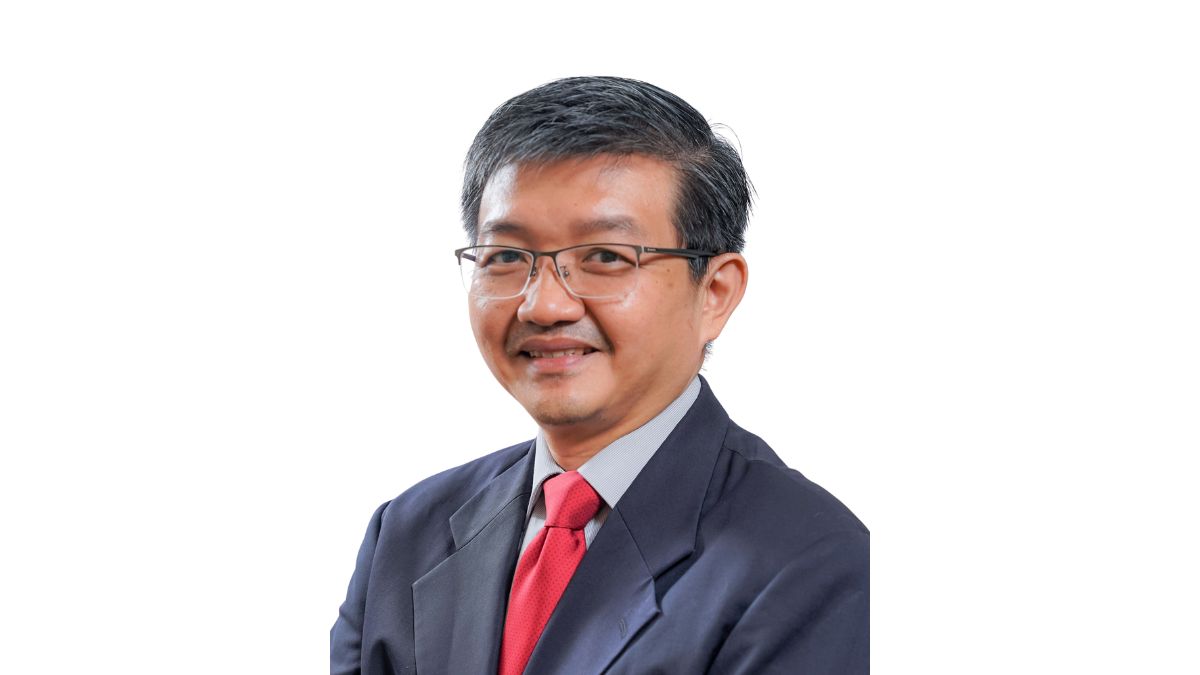Published:

The United Nations reports that nearly 9 per cent of the global population faces hunger, and it predicts that an alarming 840 million people will experience food insecurity by 2030.
Malaysia, too, grapples with this rising threat, as highlighted by its moderate score on the 2022 Global Hunger Index, indicating a small but concerning increase from 10.9 per cent in 2014 to 12.5 per cent in 2022.
This growing issue is attributed to factors such as heavy reliance on food imports, global price surges, environmental changes, climate variations, and the underdevelopment of smallholder farms and urban farming. Despite governmental efforts to boost local food production, the nation remains vulnerable to future food insecurity.
In addressing this critical issue, higher education institutions can play a pivotal role by contributing innovative solutions through research and development. While universities traditionally focus on providing foundational knowledge within specific disciplines, there is an emerging need to bridge the gap between theory and practical application.
Graduates should not be limited to specific solutions; instead, they should be empowered to apply their foundational knowledge to innovate and confront new challenges, guided and driven by a sense of purpose.
This approach differs from vocational studies, where skills are immediately deployable for existing solutions.
However, this does not mean that Universities should not provide avenues for their students to apply their learnings in the real world. They may not apply them to reinvent the wheel, but they may apply them to create a base for further innovation.
One such area that is often overlooked by private tertiary education is the application of technology innovation in the agriculture sector. This may be due to the misconception that agriculture is not a lucrative career or is perceived as a laborious and matured industry with little room for innovation.
However, the recent global pandemic has emphasised the importance of food security, prompting countries like Denmark, the Kingdom of Saudi Arabia, and Singapore to make significant strides in urban indoor farming using technology. The revival of the agricultural revolution extends not only to traditional farming but also to alternative meat production and aquaculture for sustainable food sources.
This is where higher education institutions have a unique opportunity to foster interdisciplinary education, bringing together students from diverse academic backgrounds such as commerce, engineering, and computer science.
Modern urban farming practices, encompassed by precision agriculture, demand less human labour, controlled environments, reduced resource usage, and innovative technology integration. For instance, an Internet of Things (IoT) project focusing on precision agriculture showcases the potential of interdisciplinary collaboration to address real-world challenges by optimising crop yield and resource utilisation.
These types of projects entail the development of sensors capable of monitoring essential environmental factors like moisture, temperature, and soil pH. Placed strategically across agricultural fields, these sensors transmit real-time data via the Internet to a central processing unit. Students from the engineering department gain practical exposure to sensor placement and experience the disparities between theoretical concepts, laboratory simulations, and practical implementation.
The core of the project lies in the seamless transmission and processing of collected data. Computer science students engage in overcoming challenges related to real-time data transmission in a harsh farm environment. This connectivity ensures that farmers can access crucial information remotely, facilitating prompt decision-making for optimal agricultural practices.
The collected data, far from being raw information, transforms into actionable insights through data analytics. Collaboration among students from commerce, data science, and engineering facilitates the identification of patterns and trends, empowering farmers to make informed decisions to optimise their agricultural practices.
I also wish to highlight that the implications of a Precision Agriculture IoT Project should extend beyond the university campus. By combining the expertise of students from commerce, engineering, and computer science, this initiative can offer a tangible solution to real-world problems. Precision agriculture, empowered by IoT technology, has demonstrated its ability to revolutionise farming practices, enhancing sustainability, efficiency, and environmental friendliness.
While precision agriculture is not the sole project for practical implementation and interdisciplinary education, it serves as a testament to the transformative power of interdisciplinary collaboration in education. By breaking down traditional barriers between academic disciplines, students gain a deeper understanding of their respective fields and contribute to solving complex, real-world challenges.
The Precision Agriculture IoT Project stands as a blueprint for future collaborations that harness the collective intelligence of diverse minds to create innovative solutions for a sustainable future, in line with the United Nations Sustainable Development Goals and the Malaysian Government’s plans to build a technologically savvy society to achieve the aspiration of becoming a digitally-driven economy by 2030.
Citations:
[1] https://malaysia.un.org/en/sdgs/2/key-activities
[2] https://www.ncbi.nlm.nih.gov/pmc/articles/PMC9910369/
[3] https://sdg-for-malaysian-states-sdsn.hub.arcgis.com/pages/sdg-2-zero-hunger
[4] https://www.globalhungerindex.org/pdf/en/2022.pdf
[5] https://malaysia.un.org/en/sdgs
This is a feature article by Dr. Ian Tan, Associate Professor in Computer Science and the Head of the School of Mathematical and Computer Sciences at Heriot-Watt University Malaysia (HWUM).